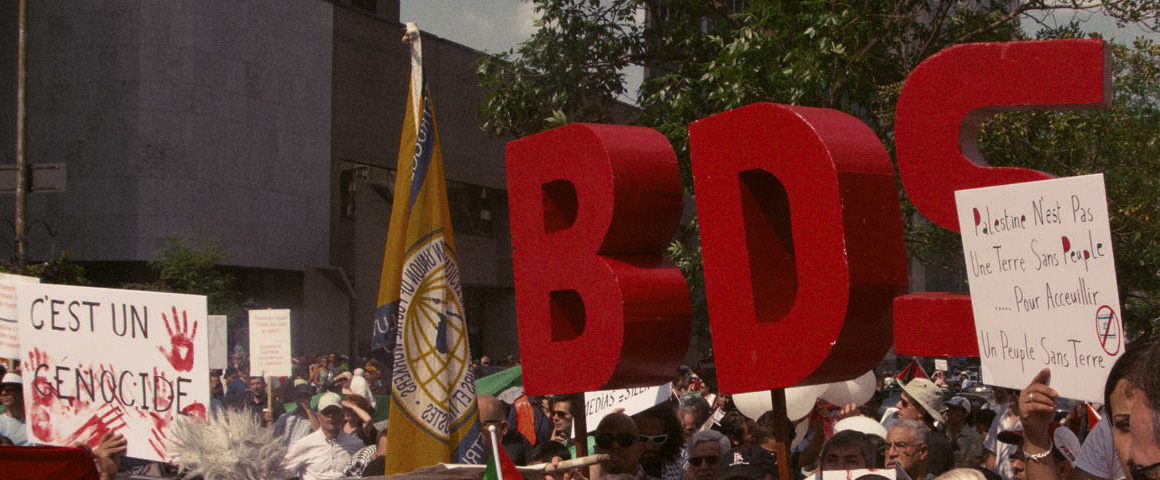If you have ever looked at a map of Central Asia and the Caucasus, you have more than likely wondered why the borders of many former Soviet states are so confusing and seemingly irrational. The strategic and fertile Ferghana Valley, for instance, appears to be haphazardly divided between Uzbekistan, Tajikistan, and Kyrgyzstan; Abkhazia in the Caucasus, South Ossetia in Georgia, and Nagorno-Karabakh in Azerbaijan are de facto independent; and Nakhchivan is totally separated from Azerbaijan by Armenia.
This confusing patchwork of borders is commonly attributed to the sinister ‘divide-and-conquer’ policies of the Soviet Union, specifically by Joseph Stalin.
This explanation is attractive to many Western authors for a number of reasons: it transforms the Soviet Union’s nationalities policy into a simple Good vs. Evil narrative; it serves to demonize the Soviet Union as an oppressive empire no different than its tsarist predecessor; it has long been the policy of empires, whether ancient like King Philip II of Macedon (to whom the phrase divide et impera, or divide-and-conquer, is usually attributed, or contemporary such as the colonial empires of Britain, France, Belgium and other European powers.
Yet a serious examination of Soviet nationalities policy and the delimitation of national territories disproves the divide-and-conquer narrative of the origins of many of these now independent states.
A question that is almost never asked by those proponents of the Soviet divide-and-conquer narrative is why the USSR would have sought to divide and conquer subject peoples.
Most proponents of this narrative attribute these policies to Soviet empire-like aspirations. Despite its attractiveness to Western writers, however, empire is a poor explanation of alleged Soviet machinations. American political scientist Michael Parenti writes, “empires do not just pursue ‘power for power’s sake.’ There are real and enormous material interests at stake, fortunes to be made many times over.” Parenti argues that the existence of empire is predicated on a socio-economic system “whereby the dominant investor interests in one country bring to bear their economic and military power upon another nation or region in order to expropriate its land, labor, natural resources, capital, and markets – in such a manner as to enrich the investor interests,” that is, imperialism.
Was the Soviet Union imperialist? “The answer should be clear enough,” wrote Parenti in 1988 in The Sword and the Dollar. If “imperialism is a system of economic expropriation, then it is hard to describe the Soviets as ‘imperialistic.’ They own not an acre of land, not a factory or oil well in the Middle East or Eastern Europe. Moscow’s trade and aid relations with other socialist countries are decidedly favorable to those countries, contrary to the imperialist pattern in which wealth flows from the client states to the dominant nation.” Thus, according to Parenti, the Soviet Union can’t be described as an ‘empire’, since it wasn’t imperialist. Since the Soviet Union wasn’t imperialist, it is hard to imagine the Soviet Union benefiting from dividing and conquering subject people.
Even if one rejects Parenti’s analysis and falsely claims the Soviet Union was an imperialist state, the divide-and-conquer narrative of the Soviet Union’s nationalities policy and national territorial delimitation ignores a crucial historical detail: there was no unity to be divided.
In Central Asia, according to Adeeb Khalid’s Making Uzbekistan: Nation, Empire, and Revolution in the Early USSR, the Soviet Union wasn’t confronted “by a unified, cohesive local society, but a bitterly divided one. Conflicts within Central Asian society were just as important as conflicts between Europeans and Central Asians in the early Soviet period…As historians, we should rid ourselves of the phantom of Central Asian Muslim unity and look at Central Asia as an arena of multifaceted conflict.” For this reason, Khalid argues that “We should therefore be wary of claims of a primordial unity of the people of Turkestan that was shattered by Soviet machinations. Turkestan was quite literally a creation of the Russian conquest, and it encompassed no unity.”
Khalid’s conclusions are supported by Adrienne Lynn Edgar in her study, Tribal Nation: The Making of Soviet Turkmenistan. “In creating national republics in Central Asia,” Edgar writes, “Moscow did not divide a unified region, but merely institutionalized” the divisions that already existed. According to a 19th century Russian officer quoted by Edgar, “The hatred of the various Turkmen clans toward each other is scarcely less than their hatred toward other peoples.” Moreover, as part of Soviet Union’s larger nationalities policy, Central Asia was not singled out for delimitation, as new “national territories were springing up everywhere in the Soviet Union in the 1920s,” such as those for Ukrainians, Tatars, etc. To exclude Central Asia from this process “would have been tantamount to admitting that they were too ‘backward’ to travel the path of other Soviet peoples and become modern Soviet nationalities.”
In the Caucasus, another volatile region, the Soviet Union found itself in a similar situation. In From Conflict to Autonomy in the Caucasus, Arsene Saparov studies the origins of Abkhazia, South Ossetia, and Nagorno-Karabakh. He describes how “The Bolsheviks inherited a region [the Caucasus] plagued by ethno-political conflicts which now became their problem.” Indeed, the Caucasus had experienced widespread inter-ethnic violence before the Bolsheviks ever came to power, such as the Armenian-Tatar massacres, which left hundreds dead.
As a tactic used by an imperialist power to weaken a rival power to exploit its land, labour, and resources, the divide-and-conquer narrative is inapplicable in the Soviet context. The USSR was not an imperialist power and, even if it were, the regions it allegedly sought to divide-and-conquer were already thoroughly divided.
What, then, explains the cartographic nightmare that is the borders of the various states in Central Asia and the Caucasus?
The answer to this question, according to the above authors, lies in Soviet efforts to promote socialist development and stability in regions inhabited by non-Russian minorities. “As the sole power in the entire Caucasus,” notes Saparov, “the Bolshevik leadership needed to resolve those conflicting issues that prevented the establishment of stable governance.” The solution adopted by the Soviet leadership was to create “territorial republics based on ethnic criteria and promoting ‘national cultures’ within them,” encouraging political stability and socialist development through fostering “national consciousness and incipient national statehood among its [the USSR’s] numerous non-Russian minorities.” Thus, Soviet nationalities policy and territorial delimitation “was not some deliberate attempt at long-term manipulation, but rather a practical, albeit clumsy, compromise to contain violent conflicts.”
Non-Russian minorities, albeit not always eagerly, participated in the territorial delimitation, a fact often overlooked by proponents of the divide-and-conquer narrative. The creation of Uzbekistan, writes Khalid, was “the triumph of an indigenous national project,” not sinister Soviet machinations. Edgar’s study regarding Turkmenistan concurs with Khalid’s conclusions about the role of indigenous elites in Soviet territorial delimitation. While Moscow’s role in the territorial delimitation was “undeniably important,” she notes, “the crucial contribution of local elites in shaping Soviet nations has not received enough attention. In Central Asia, members of the cultural and political elite had their own ideas about nationhood and socialism,” which often “differed substantially from those of the authorities in Moscow.” Neither were local elites “passive recipients of central policies” in the Caucasus, according to Saparov, having “played a critical role in shaping Soviet policies.”
The fact that the Soviet Union, in the words of Edgar, “served as midwife to the separate states that emerged” in 1991, discredits the claim by British-American historian Robert Conquest that the Soviet Union was a ‘breaker’ of nations, and provides an important historical lesson that only with the victory of socialism can all nations experience free and equal development.




